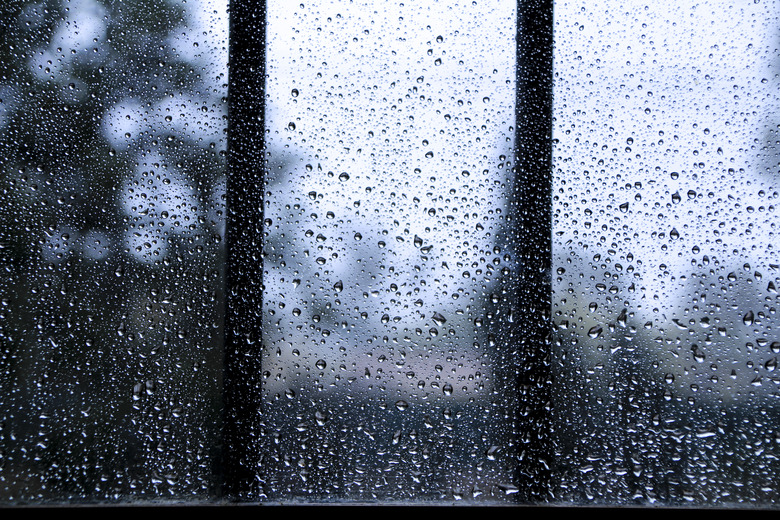How To Reduce The Condensation On Your Windows
Condensation on your windows can ruin the view and make you worry that there's something seriously wrong. Those little beads of moisture are usually due to extra moisture inside and a major temperature difference between the inside and outside of your home. It's common in winter when your inside air is toasty warm, and it's a lot colder outside. You can reduce condensation on your windows using a few methods.
What Causes Condensation on Windows?
What Causes Condensation on Windows?
Winter is the most common time you'll see condensation on windows, especially when the temperature drops below 40 degrees Fahrenheit. The contrasting indoor and outdoor temperatures cause condensation on indoor window surfaces. You might also notice it more if you have a newer home that's well-insulated and airtight. While that helps your home be energy efficient, it also makes it more difficult for moisture to escape, which increases condensation.
Excess moisture inside a home can come from a variety of sources, such as ground moisture migrating inside through concrete slabs. If you have lots of indoor plants, they could be contributing to increased humidity. In new homes, many building materials, such as wood and concrete, continue drying out for the first year or longer, which elevates the overall humidity level. If you have a gas fireplace, it could be making your home more humid since it releases moisture as it burns.
Use a Dehumidifier
Use a Dehumidifier
If your home has a relative humidity over 50 percent, running a dehumidifier can remove some of the excess moisture from the air. If you have a humidifier, either freestanding or installed on your HVAC system, turn it down or shut it off if your indoor humidity is high.
If moisture only seems to be a problem in certain areas, consider using a moisture eliminator to soak up the excess moisture. The crystals absorb and trap the moisture, reducing humidity and often removing musty smells. When the crystals can no longer absorb, you simply throw them away and replace them with new crystals.
Run Your Exhaust Fans
Run Your Exhaust Fans
Bathrooms and kitchens generate lots of moisture, but usually, they both have exhaust fans. Run your range hood vent whenever you cook to keep moisture to a minimum and keep it on for at least 15 minutes after you're finished cooking. Turn on your bathroom exhaust fan before you shower and leave it running after you're finished until the humidity level is under control. These methods are most effective if condensation happens in the bathroom and kitchen, but exhaust fans can also lower the overall humidity in the house.
Insulate Your Windows
Insulate Your Windows
Finding ways to minimize the sharp temperature contrast can keep condensation from forming on the inside of your windows. One option is to install storm windows in the winter. The storm window creates an extra barrier between the cold air outside and the interior window glass. You might notice condensation on the storm windows, but they should decrease water drops inside your home.
You can also use window insulation kits to minimize the temperature contrast and potentially reduce condensation. They can also reduce your heating bills by cutting down on heat loss through your windows during the winter.
Open a Window
Open a Window
You don't want to leave your windows open when it's too cold outside, but opening a window slightly for 10 to 15 minutes can release some of the warm, humid air. You can also open an exterior door to let out some of the built-up moisture. Avoid leaving it open too long, as the cold outside air can drop the temperature in your home and make your furnace work harder.
Circulate Room Air
Circulate Room Air
Ventilation and air circulation can reduce condensation on windows. Ceiling fans are a big help in keeping the air moving. Adjust the ceiling fan direction based on the season. In the winter when condensation is usually a problem, you want the ceiling fan to turn clockwise to push warm air from the ceiling down to the floor. It not only helps keep your room drier but it also makes it feel warmer.
